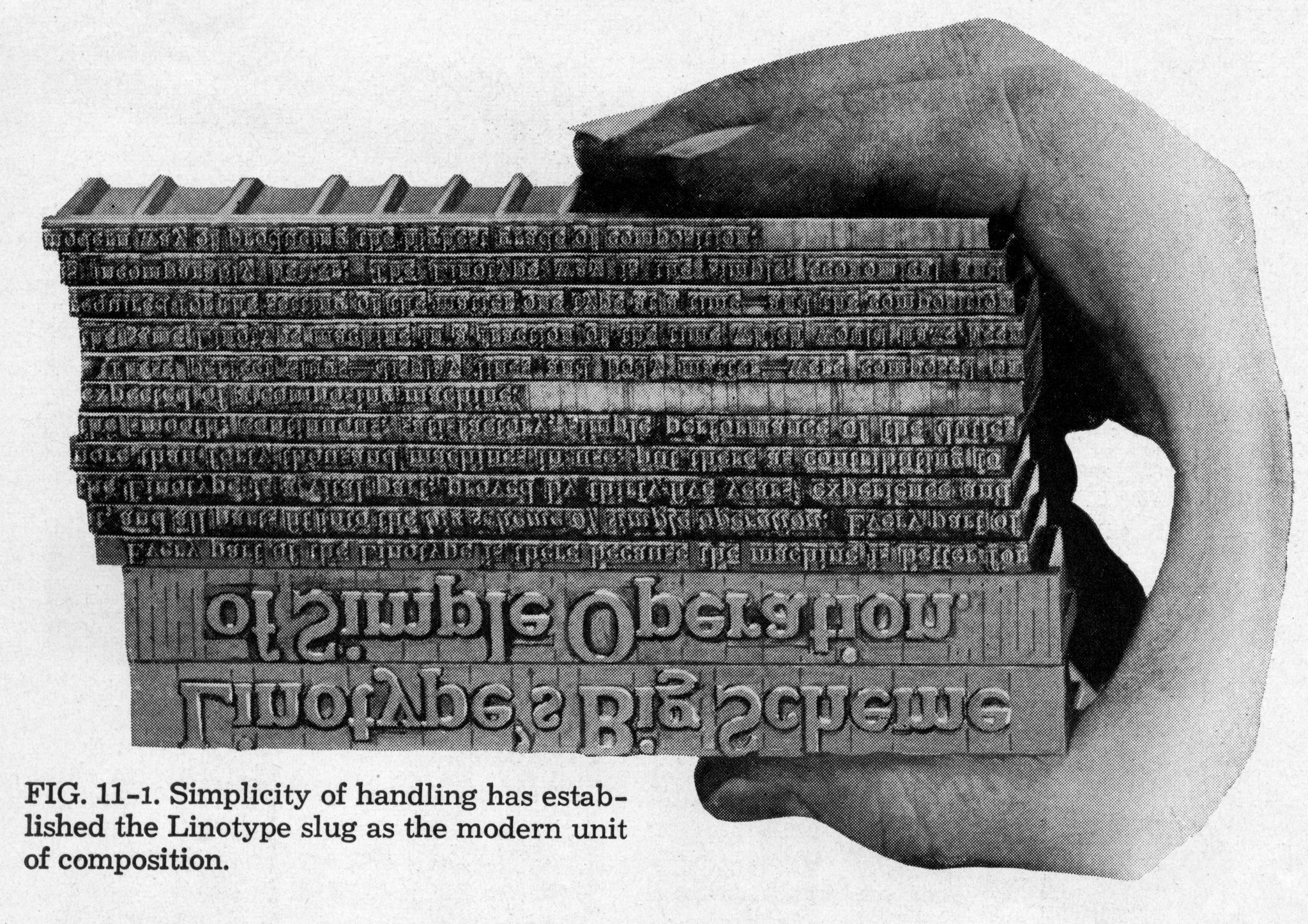Chapter 7
If
it were not for the evolution of technology, the advancements of typography
would not be around today. We have come a long way since the traditional method
of placing individual pieces of type to form lines and sentences to computers
and user interfaces. With the advent of technology and a computer in every
household, it is now easier for anyone to use typography for birthday cards,
flyers, and other needs. This chapter was fascinating to see not only how the
methods of type has changed, but also the evolution of the actual machinery
used. The one machine that was most impressive to me was the Linotype. It was
the first advancement of that time using automation, created by Ottmar
Mergenthaler. It produces one line of type at once, which was different from
the previous, where you would have to place each letter. It was a great
improvement from hand composition, being more efficient and more accurate. It is
hard for me to believe there was a time the linotype was the only option
available. I cannot imagine not being able to use a mouse or a delete button to
correct or embellish my work. Today, the advancements in software make the job
in typography much easier. We can edit text through word processing programs
and most importantly check our grammar. Other software is available that allows
us to create images through drawing and painting programs. Because of the
creative thinkers of the past, they have led the way to provide designers an
easy path for creative typography. It has opened the door to creativity. We can
distort letterforms or shape them in different formations and have the ability
to layer information. It is the responsibility for the designer to keep current
on this technology and to use it to its fullest creative capability. The only
caution to this freedom is the designer must ensure the work is easy to read
and comprehend. 

No comments:
Post a Comment